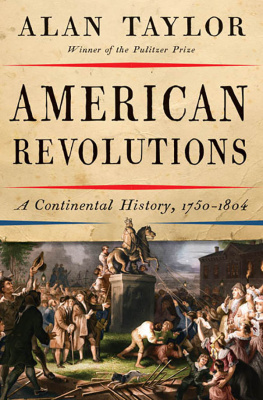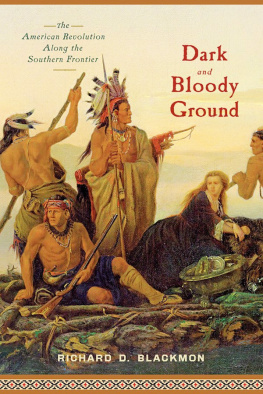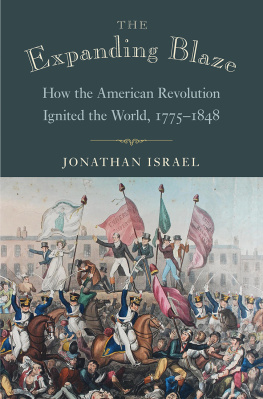Alan Taylor - American Revolutions: A Continental History, 1750-1804
Here you can read online Alan Taylor - American Revolutions: A Continental History, 1750-1804 full text of the book (entire story) in english for free. Download pdf and epub, get meaning, cover and reviews about this ebook. year: 2016, publisher: W. W. Norton & Co., genre: Politics. Description of the work, (preface) as well as reviews are available. Best literature library LitArk.com created for fans of good reading and offers a wide selection of genres:
Romance novel
Science fiction
Adventure
Detective
Science
History
Home and family
Prose
Art
Politics
Computer
Non-fiction
Religion
Business
Children
Humor
Choose a favorite category and find really read worthwhile books. Enjoy immersion in the world of imagination, feel the emotions of the characters or learn something new for yourself, make an fascinating discovery.
- Book:American Revolutions: A Continental History, 1750-1804
- Author:
- Publisher:W. W. Norton & Co.
- Genre:
- Year:2016
- Rating:4 / 5
- Favourites:Add to favourites
- Your mark:
American Revolutions: A Continental History, 1750-1804: summary, description and annotation
We offer to read an annotation, description, summary or preface (depends on what the author of the book "American Revolutions: A Continental History, 1750-1804" wrote himself). If you haven't found the necessary information about the book — write in the comments, we will try to find it.
From the two-time Pulitzer Prize winner, a fresh, authoritative history that recasts our thinking about Americas founding period.
The American Revolution is often portrayed as a high-minded, orderly event whose capstone, the Constitution, provided the ideal framework for a democratic, prosperous nation. Alan Taylor, two-time winner of the Pulitzer Prize, gives us a different creation story in this magisterial history of the nations founding.
Rising out of the continental rivalries of European empires and their native allies, Taylors Revolution builds like a ground fire overspreading Britains mainland colonies, fueled by local conditions, destructive, hard to quell. Conflict ignited on the frontier, where settlers clamored to push west into Indian lands against British restrictions, and in the seaboard cities, where commercial elites mobilized riots and boycotts to resist British tax policies. When war erupted, Patriot crowds harassed Loyalists and nonpartisans into compliance with their cause. Brutal guerrilla violence flared all along the frontier from New York to the Carolinas, fed by internal divisions as well as the clash with Britain. Taylor skillfully draws France, Spain, and native powers into a comprehensive narrative of the war that delivers the major battles, generals, and common soldiers with insight and power.
With discord smoldering in the fragile new nation through the 1780s, nationalist leaders such as James Madison and Alexander Hamilton sought to restrain unruly state democracies and consolidate power in a Federal Constitution. Assuming the mantle of We the People, the advocates of national power ratified the new frame of government. But their opponents prevailed in the presidency of Thomas Jefferson, whose vision of a western empire of liberty aligned with the long-standing, expansive ambitions of frontier settlers. White settlement and black slavery spread west, setting the stage for a civil war that nearly destroyed the union created by the founders.
37 illustrations; 10 mapsAlan Taylor: author's other books
Who wrote American Revolutions: A Continental History, 1750-1804? Find out the surname, the name of the author of the book and a list of all author's works by series.













